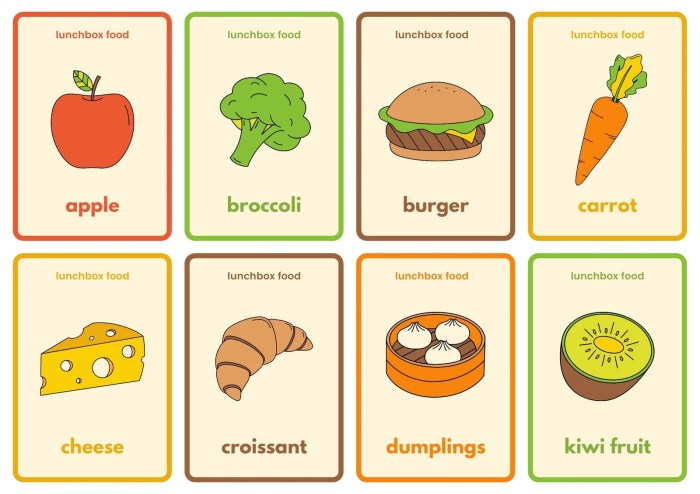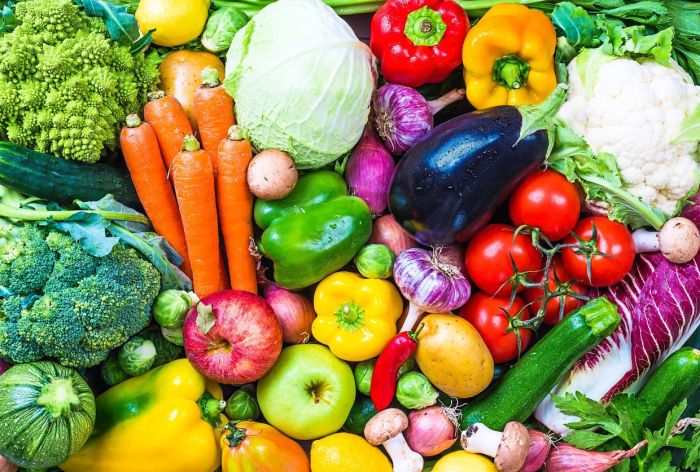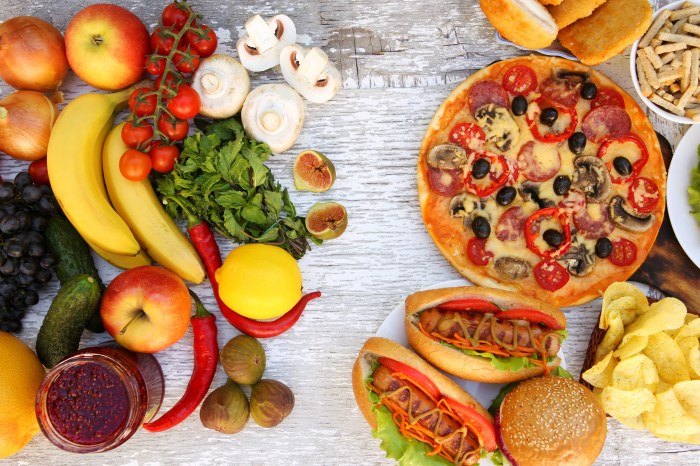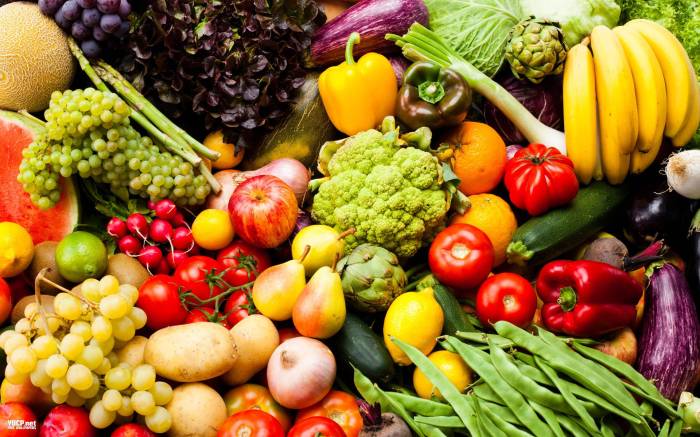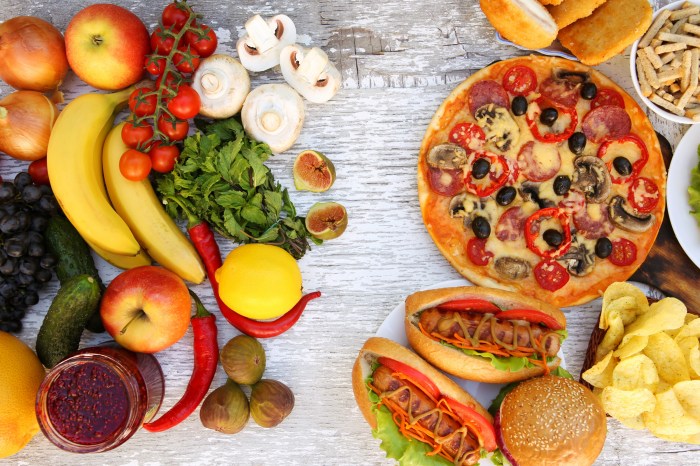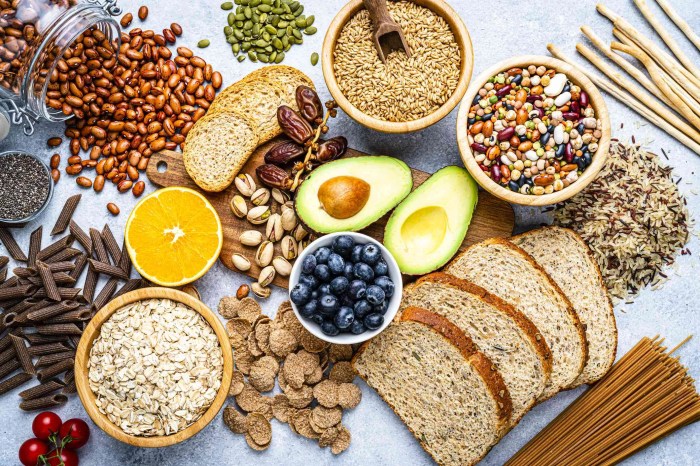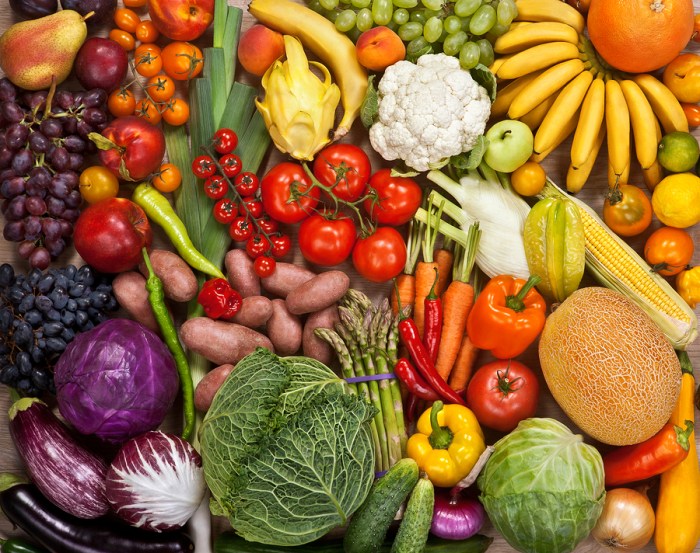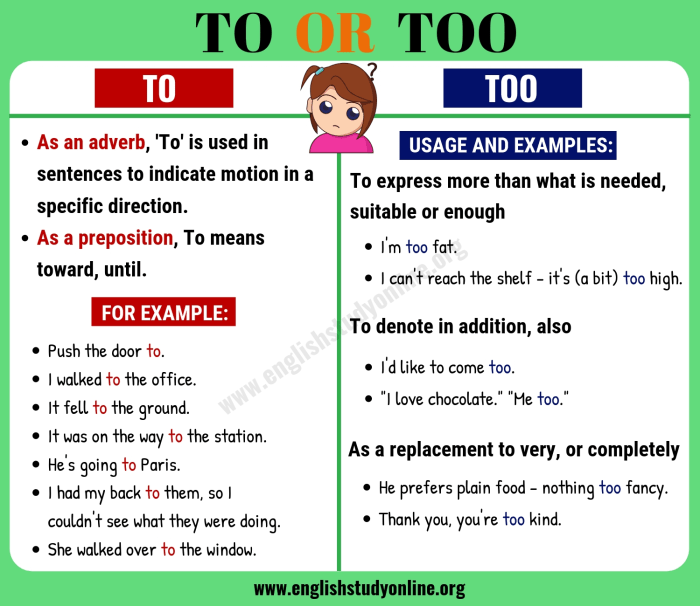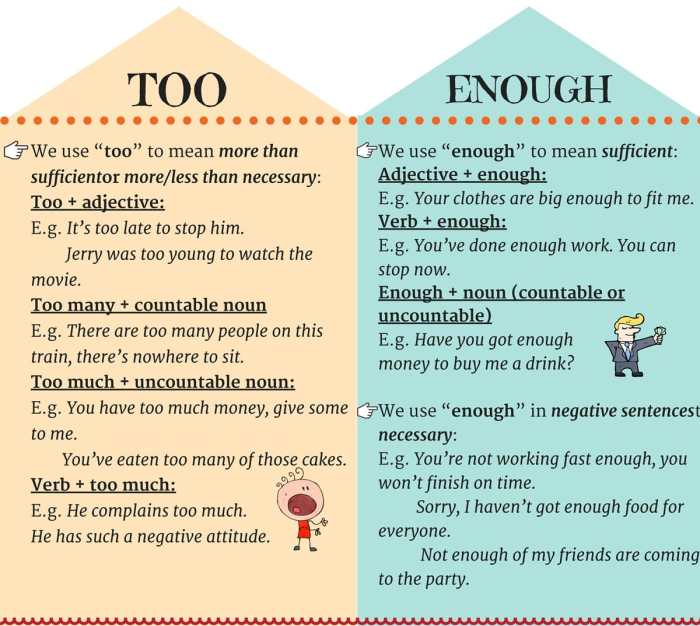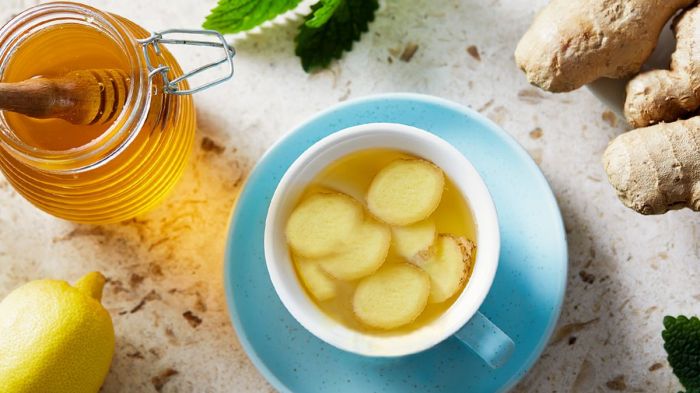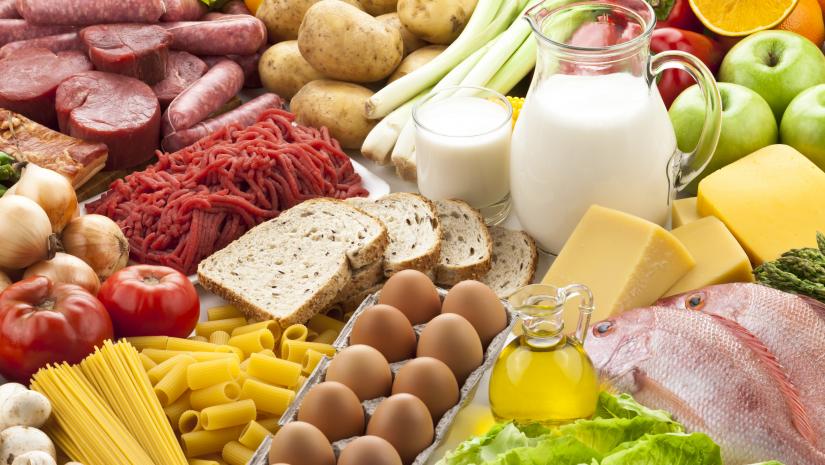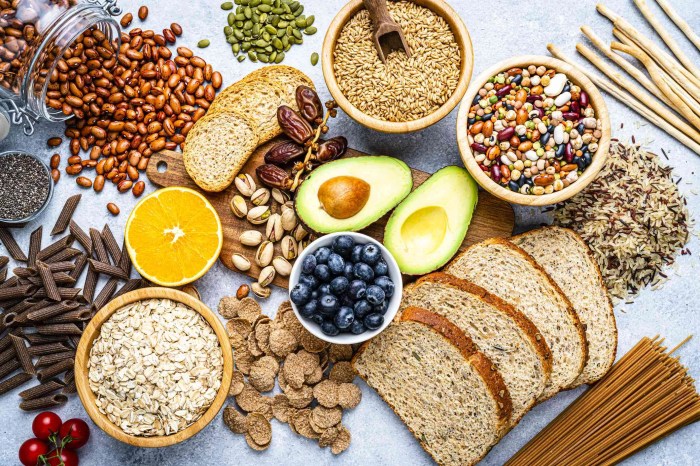Foods high in creatine are a crucial element for anyone looking to optimize their health and performance, whether you’re an athlete or simply striving for a well-rounded diet. Creatine plays a vital role in muscle function and energy production, and understanding which foods pack a creatine punch is key. This comprehensive guide dives into the world of creatine-rich foods, exploring their benefits, nutritional value, and how to incorporate them into various dietary needs.
From the basics of creatine’s role in the body to the practical application of these foods in different diets, we’ll cover everything. We’ll look at the historical significance of creatine in sports nutrition and explore how different preparation methods affect the bioavailability of this essential nutrient. We’ll also examine the potential risks of excessive intake and how to safely incorporate creatine-rich foods into a healthy lifestyle.
Understanding the diverse sources of creatine, including both animal and plant-based options, is paramount.
Introduction to Creatine-Rich Foods
Creatine is a naturally occurring compound found in the body, playing a vital role in energy production, particularly during short bursts of intense exercise. It’s crucial for muscle function and helps replenish adenosine triphosphate (ATP), the primary energy source for muscle contractions. Understanding the sources of creatine and its benefits is important for athletes and anyone seeking to optimize their physical performance and overall health.Consuming foods rich in creatine can support muscle growth and recovery, enhance strength, and improve exercise performance.
However, it’s essential to remember that a balanced diet encompassing a variety of nutrients is paramount for maintaining optimal health. A diet focused solely on creatine-rich foods may lead to deficiencies in other essential vitamins and minerals. Historical data demonstrates creatine’s growing significance in sports nutrition, as athletes have increasingly recognized its potential to improve athletic performance.
It’s crucial to be aware of the potential risks and side effects of excessive creatine intake, which can vary based on individual factors.
Creatine’s Role in the Body
Creatine is a fundamental component of energy metabolism in muscle cells. It’s synthesized by the body from amino acids, but it can also be obtained through dietary sources. Creatine phosphate acts as a high-energy phosphate reservoir, rapidly replenishing ATP during high-intensity exercise. This crucial role in energy production contributes to strength and power output. Sufficient creatine levels are essential for optimal muscle function and performance.
Benefits of Consuming Creatine-Rich Foods
The benefits of incorporating creatine-rich foods into a balanced diet include improved exercise performance, particularly during high-intensity activities. Creatine supplementation has been linked to increased muscle strength and power, as well as enhanced muscle growth and recovery. By replenishing ATP stores more quickly, creatine allows for more repetitions and heavier lifting during workouts, leading to enhanced training adaptations.
Importance of a Balanced Diet for Overall Health
A balanced diet is crucial for overall health and well-being. It provides the body with the necessary nutrients for optimal function, including essential vitamins, minerals, and antioxidants. A balanced diet reduces the risk of chronic diseases and supports various bodily functions. Consuming a wide array of fruits, vegetables, lean proteins, and whole grains is vital for a healthy diet.
A diet focused solely on creatine-rich foods is insufficient and can lead to deficiencies in other vital nutrients.
Historical Context of Creatine in Sports Nutrition
Creatine’s use in sports nutrition has evolved over time. Early research explored its role in enhancing athletic performance, and these findings contributed to its growing popularity among athletes. Modern understanding of creatine’s mechanisms of action and its impact on muscle function has solidified its position as a significant supplement in sports nutrition. The long-term effects of creatine supplementation on athletic performance are still under investigation.
Potential Risks and Side Effects of Excessive Creatine Intake
Excessive creatine intake may lead to various side effects, including gastrointestinal issues such as nausea, cramping, and diarrhea. Water retention can also be a consequence of increased creatine levels in the body, potentially affecting body weight. It is essential to consult with a healthcare professional before supplementing with creatine, especially for individuals with pre-existing health conditions. Individual tolerance to creatine can vary, highlighting the importance of monitoring one’s own response.
Identifying Creatine-Rich Food Sources
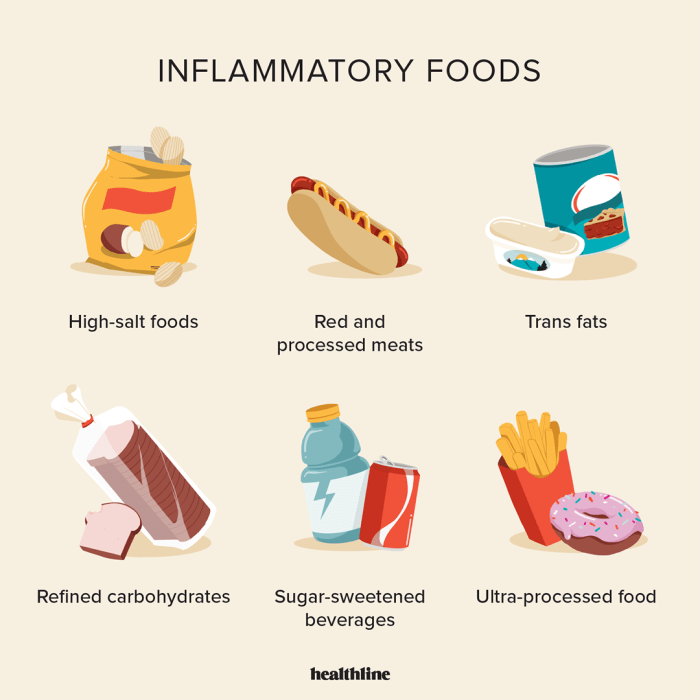
Creatine, a naturally occurring compound, plays a crucial role in energy production within muscles. While the body can synthesize some creatine, dietary intake is also essential for maintaining optimal levels. Understanding the foods rich in creatine can help individuals optimize their intake and support their athletic performance or overall health.
Common Creatine-Rich Foods
A variety of foods are excellent sources of creatine. These sources are primarily animal-based, reflecting the natural occurrence of creatine in muscle tissue. The quantity of creatine varies considerably between food types.
- Red Meat: A primary source of dietary creatine, red meat contains significant amounts of the compound. Different cuts of beef, pork, and lamb vary slightly in creatine content, as the muscle mass and type can influence the creatine level.
- Poultry: Chicken and turkey, while not as high in creatine as red meat, are still valuable sources. The creatine content in poultry is generally lower than in red meat, but still contributes to overall intake.
- Fish: Certain fish, such as salmon and tuna, are good sources of creatine. The creatine content in fish tends to be lower compared to red meat, but the overall nutritional profile of fish is beneficial.
- Eggs: Eggs are a complete protein source, and while their creatine content is moderate, they contribute to a balanced diet.
- Creatine Supplements: While not a food source, creatine supplements are often used to increase creatine levels beyond what’s achievable through diet alone.
Nutritional Value Beyond Creatine
The nutritional benefits of creatine-rich foods extend far beyond their creatine content. These foods are often excellent sources of protein, essential for muscle repair and growth. Furthermore, they often contain vital vitamins and minerals, contributing to overall health and well-being.
Creatine Content in Different Foods
The following table presents an overview of creatine content in common foods. Please note that the values are approximations, and variations can occur based on preparation methods and the specific cut of meat or fish.
| Food Name | Approximate Creatine Content (mg per 100g) | Other Key Nutrients |
|---|---|---|
| Beef (lean) | 5-10 | Protein, Iron, Vitamin B12 |
| Pork (loin) | 3-7 | Protein, Vitamin B12, Zinc |
| Chicken Breast | 2-5 | Protein, Selenium, Niacin |
| Salmon | 2-4 | Protein, Omega-3 Fatty Acids, Vitamin D |
| Tuna | 3-6 | Protein, Omega-3 Fatty Acids, Vitamin B12 |
| Eggs | 1-3 | Protein, Choline, Vitamins |
Comparison of Creatine Content in Meat Types
The following table compares the approximate creatine content in various meat types. Differences exist due to variations in muscle composition.
| Meat Type | Approximate Creatine Content (mg per 100g) |
|---|---|
| Beef (sirloin) | 6-8 |
| Beef (ground) | 5-7 |
| Pork (tenderloin) | 4-6 |
| Lamb (leg) | 5-7 |
Creatine Content and Preparation Methods
Creatine, a crucial compound for muscle function, is found naturally in various foods, primarily animal products. Understanding how preparation methods affect creatine content and bioavailability is vital for maximizing its benefits. This section delves into the intricacies of creatine retention during cooking and processing, offering insights into optimizing your intake from these food sources.Cooking methods significantly impact the creatine content and bioavailability of foods.
Heat can denature proteins, potentially affecting the structure of creatine and its interaction with other components in the food. Furthermore, some cooking methods can leach out nutrients, including creatine.
Creatine-rich foods are a great way to boost your energy levels and support muscle growth. But sometimes, skin issues like eczema on the face can be a real drag. Fortunately, there are effective treatments available, like those detailed in this comprehensive guide on eczema on face treatment. Even with these skin issues, incorporating foods high in creatine, like red meat and fish, can still contribute to overall well-being.
Impact of Cooking on Creatine Content
Cooking methods have a direct effect on creatine levels in food. Generally, raw meat and fish contain a higher amount of creatine compared to cooked versions. This is due to the denaturation of proteins and possible leaching of creatine during cooking processes. However, the exact extent of loss depends on the specific cooking method and the food itself.
For instance, grilling might lead to more creatine loss than steaming.
Comparison of Raw vs. Cooked Meat Creatine
Raw meats, such as beef and pork, typically retain a higher creatine content than their cooked counterparts. This is because cooking processes can break down the protein structure, which can affect the binding and retention of creatine within the muscle tissue. Steaming or poaching, which involve lower temperatures and less direct heat exposure, often result in less creatine loss compared to grilling or frying.
Maximizing Nutrient Retention
Several strategies can help maximize creatine retention during food preparation. Using lower cooking temperatures, such as steaming or poaching, minimizes the loss of creatine. Minimizing cooking times is also beneficial, as prolonged exposure to high heat can further degrade creatine. Moreover, careful selection of cooking methods and cuts of meat can significantly impact creatine retention.
Optimizing Creatine Intake from Fish
Different types of fish possess varying creatine levels, and preparation methods play a critical role in retaining these levels. The following table illustrates creatine content in different fish cuts, highlighting the influence of various cooking methods:
| Fish Cut | Cooking Method | Estimated Creatine Content (mg/100g) |
|---|---|---|
| Salmon (skin on) | Baked | 5-7 |
| Salmon (skin on) | Pan-fried | 4-6 |
| Tuna (fresh) | Grilled | 8-10 |
| Tuna (fresh) | Poached | 9-11 |
| Cod | Steamed | 3-5 |
| Cod | Pan-fried | 2-4 |
Note: Creatine content values are approximate and may vary based on the specific fish species, age, and preparation techniques. The table provides a general comparison and is not exhaustive.
Creatine in Vegetarian and Vegan Diets
Plant-based diets are increasingly popular, offering numerous health benefits. However, vegetarians and vegans may face challenges in meeting their daily nutritional requirements, including creatine. Creatine plays a vital role in muscle function, energy production, and overall health. Understanding how to obtain sufficient creatine on a plant-based diet is crucial for maintaining optimal health and athletic performance.Plant-based sources of creatine are limited compared to animal products.
While the body can synthesize some creatine, dietary intake remains important, especially for individuals with high physical activity levels. This necessitates careful planning and understanding of alternative sources and appropriate meal incorporation strategies.
Plant-Based Foods Potentially Containing Creatine
Many plant-based foods contain small amounts of creatine. While these amounts aren’t substantial enough to be a primary source, incorporating them into a balanced diet can contribute to overall creatine intake. Some examples include certain vegetables, legumes, and whole grains. However, the creatine content in these foods is typically very low, and it’s not a reliable way to meet the needs of high-performance athletes or those looking to optimize creatine levels.
Alternative Creatine Sources for Vegetarians and Vegans, Foods high in creatine
Supplementation is a common and often effective way for vegetarians and vegans to address potential creatine deficiencies. Creatine supplements are readily available and generally safe when taken as directed. They provide a reliable and consistent source of creatine, allowing for targeted intake levels. Consult with a healthcare professional or registered dietitian before starting any new supplement regimen, especially if you have underlying health conditions.
Incorporating Creatine-Rich Plant-Based Foods into a Diet
While plant-based foods are not significant creatine sources, incorporating them into a balanced meal plan can provide a variety of nutrients and fiber. A vegetarian or vegan diet should prioritize a wide range of whole foods, including fruits, vegetables, legumes, and whole grains. These foods provide essential vitamins, minerals, and antioxidants, which contribute to overall health. However, creatine is not a major component of these foods, so a dietary strategy should also include creatine supplements, where needed.
Potential Challenges in Meeting Creatine Needs with a Plant-Based Diet
Meeting creatine needs through plant-based sources alone can be challenging. The limited availability of creatine in plant-based foods means relying on supplements or specialized dietary strategies is often necessary. However, a well-planned diet, encompassing a diverse range of plant-based foods, can help maximize the intake of other essential nutrients. Understanding the challenges can help develop a personalized strategy for obtaining adequate creatine.
Sample Vegetarian Meal Plan Highlighting Creatine-Rich Options
A sample meal plan focusing on balanced plant-based nutrition doesn’t prioritize creatine-rich foods, as they are not a major source. Instead, it emphasizes the variety of nutrients in fruits, vegetables, and whole grains. A vegetarian or vegan diet can be nutritionally adequate, but careful planning, including possible creatine supplementation, is often necessary to meet individual needs, particularly for high-activity individuals.
| Meal | Description | Creatine Content Notes |
|---|---|---|
| Breakfast | Oatmeal with berries and nuts | Low creatine content; other essential nutrients are abundant. |
| Lunch | Lentil soup with whole-wheat bread | Low creatine content; high in protein and fiber. |
| Dinner | Vegetable stir-fry with tofu and brown rice | Low creatine content; balanced meal with a variety of nutrients. |
Creatine and Specific Dietary Needs
Creatine plays a crucial role in athletic performance and muscle function, making it a valuable supplement for many individuals. However, the optimal creatine intake and the best sources of creatine can vary significantly depending on specific dietary needs and lifestyles. This section explores how creatine-rich foods can be integrated into various dietary plans, focusing on the unique requirements of athletes and individuals with dietary restrictions.Understanding the relationship between creatine intake and muscle function is key.
Creatine supplementation, or incorporating creatine-rich foods into a diet, can enhance muscle growth and recovery. This effect is particularly noticeable in individuals engaged in intense physical activity, such as athletes and those performing strenuous workouts. The proper amount of creatine intake supports the body’s natural creatine production and storage, aiding in these physiological processes.
Dietary Needs of Athletes
Athletes often have heightened creatine needs due to the increased demand for energy and muscle repair during training and competition. Creatine-rich foods are a natural and effective way to meet these elevated requirements. Consuming sufficient creatine helps to replenish muscle stores, supporting quicker recovery between workouts and potentially enhancing performance. A well-planned diet rich in creatine-rich foods, combined with a suitable training regimen, can contribute to optimal athletic performance.
Creatine Intake and Muscle Growth/Recovery
Creatine intake directly influences muscle growth and recovery. Creatine’s role in providing energy for muscle contractions and aiding in protein synthesis is well-documented. Sufficient creatine levels in muscle tissue support faster muscle repair and growth, especially following intense exercise. This effect translates into faster recovery times, allowing athletes to train more frequently and intensely. Moreover, creatine can help mitigate muscle damage and soreness, leading to improved overall training adaptations.
Looking for foods packed with creatine? Red meat and fish are great sources, but did you know that understanding how biologics work in treating eczema, like exploring biologics for eczema mechanisms options considerations , might also affect your creatine intake and needs? Ultimately, focusing on a balanced diet rich in these creatine-rich foods is key to supporting overall health.
Creatine Needs of Individuals with Dietary Restrictions or Allergies
Individuals with dietary restrictions or allergies require specific considerations regarding creatine intake. Vegetarian and vegan diets, for example, often lack creatine-rich animal products, necessitating alternative sources to maintain adequate levels. Similarly, individuals with allergies to specific foods must identify suitable creatine-rich options that align with their dietary needs. Carefully considering these factors ensures that individuals with such restrictions maintain an appropriate creatine intake without compromising their overall dietary plan.
Creatine-Rich Meals for Specific Dietary Needs
This section provides example meals suitable for different dietary needs. Examples include:
- For vegetarians/vegans: A lentil and spinach curry with a side of roasted sweet potatoes can be a delicious and nutritious way to incorporate creatine from plant-based sources. This dish will offer a good balance of nutrients alongside the creatine, crucial for overall health and well-being. A well-rounded meal plan including this option can ensure that a vegetarian/vegan diet provides adequate creatine.
- For individuals with dairy allergies: A meal comprising grilled chicken breast with brown rice and steamed broccoli provides a suitable alternative for those with dairy allergies. This meal includes a source of creatine from the chicken breast while meeting the nutritional needs of the diet. A diet like this can maintain a good creatine intake, while still meeting specific dietary requirements.
- For individuals with gluten sensitivities: A meal including salmon with quinoa and asparagus is a suitable choice for those with gluten sensitivities. This meal provides a healthy dose of creatine from the salmon, while offering a gluten-free alternative to typical grains. This option ensures adequate creatine intake while respecting dietary sensitivities.
Comparison of Creatine Content and Preparation Methods
The table below compares creatine content and preparation methods for foods suitable for various dietary needs:
| Food Item | Creatine Content (approximate mg per 100g) | Preparation Method | Dietary Considerations |
|---|---|---|---|
| Salmon (cooked) | 5-10 | Baking, grilling, pan-frying | Good source for omnivores, adaptable for various diets. |
| Chicken Breast (cooked) | 3-5 | Baking, grilling, pan-frying | Good source for omnivores and those with dietary restrictions. |
| Lentils (cooked) | 1-2 | Boiling, simmering | Excellent vegetarian/vegan option. |
| Soybeans (cooked) | 1-2 | Boiling, steaming | Excellent vegetarian/vegan option, suitable for those with soy tolerance. |
Note: Creatine content can vary based on preparation methods and specific ingredients. Consult with a registered dietitian or nutritionist for personalized dietary recommendations.
Creatine in Different Cultures
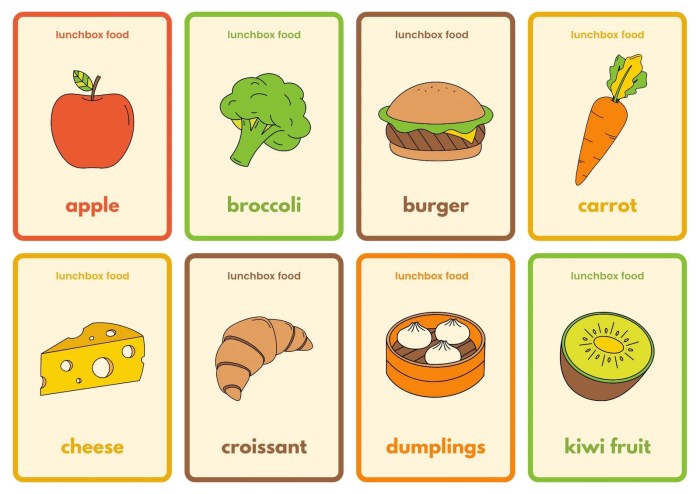
Creatine, a naturally occurring compound vital for energy production in muscles, isn’t just a modern supplement. Cultures around the world have long recognized and utilized creatine-rich foods for their nutritional benefits. From ancient hunting practices to contemporary culinary traditions, the ways in which creatine-rich foods are incorporated into diets vary significantly, showcasing the diverse approaches to food preparation and preservation across the globe.
Global Consumption of Creatine-Rich Foods
Different cultures have incorporated creatine-rich foods into their diets in various ways, reflecting local resources and culinary traditions. This often involves the utilization of specific animal products readily available in a given region. The consumption of these foods can be traced back to ancient civilizations, demonstrating a deep understanding of the nutritional value of these resources.
Speaking of foods packed with creatine, did you know that certain foods can significantly impact your health? While creatine is often associated with muscle building, it might also be connected to eye health, particularly in the context of conditions like macular telangiectasia eye disease. Ultimately, incorporating foods high in creatine into your diet could have positive effects on your overall well-being.
Traditional Preparation Methods
Traditional methods of preparing creatine-rich foods often involve specific techniques developed over generations. These techniques are tailored to maximize the preservation of nutrients and enhance the taste and texture of the final product. The specific methods vary significantly depending on the available resources and cultural preferences.
Comparative Analysis of Creatine Content and Preparation Methods
A comparative analysis reveals considerable variations in creatine content and preparation methods across different cuisines. Factors such as the type of animal used, the specific cuts of meat, and the cooking methods all influence the final creatine content and the overall nutritional profile of the dish. This demonstrates the diverse approaches to food preparation and the unique culinary traditions of different regions.
Historical and Cultural Context
The use of creatine-rich foods often holds significant historical and cultural context within various communities. This reflects the deep-seated understanding of the nutritional value of these resources and the importance of food in cultural practices. For instance, certain tribes may have incorporated creatine-rich foods into their rituals or ceremonies.
Table of Creatine-Rich Foods from Various Cultures
| Culture | Food | Preparation Method | Creatine Content (Approximate, per serving) |
|---|---|---|---|
| Indigenous Australian Aboriginal | Kangaroo | Roasted or cooked in earth ovens | Variable, depending on cut and cooking method |
| Traditional Native American | Elk or Bison | Dried, smoked, or roasted | Variable, depending on cut and cooking method |
| Traditional Japanese | Tuna (specifically, “sushi-grade” tuna) | Sashimi, grilled, or cooked in various ways | Variable, depending on the type of tuna and preparation |
| Traditional African (e.g., Maasai) | Beef | Grilled or roasted | Variable, depending on cut and cooking method |
| Traditional Chinese | Pork | Various preparations, including stir-fries and braised dishes | Variable, depending on cut and cooking method |
Creatine and Overall Health
Creatine, often associated with athletic performance, plays a surprisingly important role in various aspects of human health beyond the gym. This remarkable molecule is involved in energy production, cellular function, and even brain activity. Beyond the benefits for muscle growth and strength, creatine offers a multitude of potential advantages for overall well-being. Understanding these benefits can lead to a more comprehensive approach to health and wellness.Creatine’s influence extends far beyond the realm of sports, impacting cognitive function, muscle health, and even certain aspects of disease prevention.
Its ability to support cellular energy production and its interaction with various bodily systems make it a fascinating topic for health enthusiasts and researchers alike. We’ll delve into the research and explore how creatine supplementation can contribute to a more robust and balanced overall health profile.
Potential Benefits Beyond Athletic Performance
Creatine’s role extends significantly beyond its well-known impact on muscle strength and power. Studies have shown promising results in various areas of health, suggesting a broader application than initially thought. Its influence on brain function and overall health markers is a growing area of interest.
Creatine and Brain Function
Creatine is crucial for maintaining optimal brain function. It plays a vital role in providing energy to neurons, which are essential for communication and processing information. Sufficient creatine levels are linked to better cognitive performance, including memory, learning, and even reducing the risk of neurodegenerative diseases. Studies have indicated a positive correlation between creatine supplementation and improved cognitive tasks in some individuals.
Creatine and Overall Health Markers
Creatine’s impact on overall health markers is another area of active research. Some studies suggest a connection between creatine supplementation and improved blood sugar control, reduced inflammation, and enhanced mitochondrial function. This suggests a potential role in preventative health measures, particularly in relation to age-related decline. Further research is needed to solidify these connections.
Summary of Research on Creatine
Research on creatine and its impact on various health aspects is continuously evolving. While the evidence supporting its benefits in different areas is still accumulating, the current body of research suggests a promising outlook for creatine’s potential in enhancing overall health and well-being. From cognitive function to cellular energy production, creatine’s influence on different aspects of health is worth exploring further.
Potential Benefits of Creatine Intake Across Different Aspects of Health
| Aspect of Health | Potential Benefits |
|---|---|
| Cognitive Function | Improved memory, learning, and potentially reduced risk of neurodegenerative diseases. |
| Muscle Health | Enhanced strength, power, and potentially reduced muscle damage during exercise. |
| Blood Sugar Control | Some studies suggest potential improvements in blood sugar regulation, although more research is needed. |
| Inflammation | Potential anti-inflammatory effects, requiring further investigation. |
| Mitochondrial Function | Enhanced mitochondrial function, potentially contributing to overall cellular energy production. |
Ending Remarks: Foods High In Creatine
In conclusion, this exploration of foods high in creatine highlights the diverse and readily available sources of this crucial nutrient. Whether you’re a dedicated athlete or simply seeking to optimize your overall health, understanding the role of creatine-rich foods is essential. We’ve explored the benefits, practical applications, and potential considerations associated with creatine intake, offering a holistic perspective on this important topic.
By understanding the various sources and preparation methods, you can effectively incorporate creatine-rich foods into your diet for optimal results. Remember, moderation is key, and consulting a healthcare professional is always advisable before making significant dietary changes.
